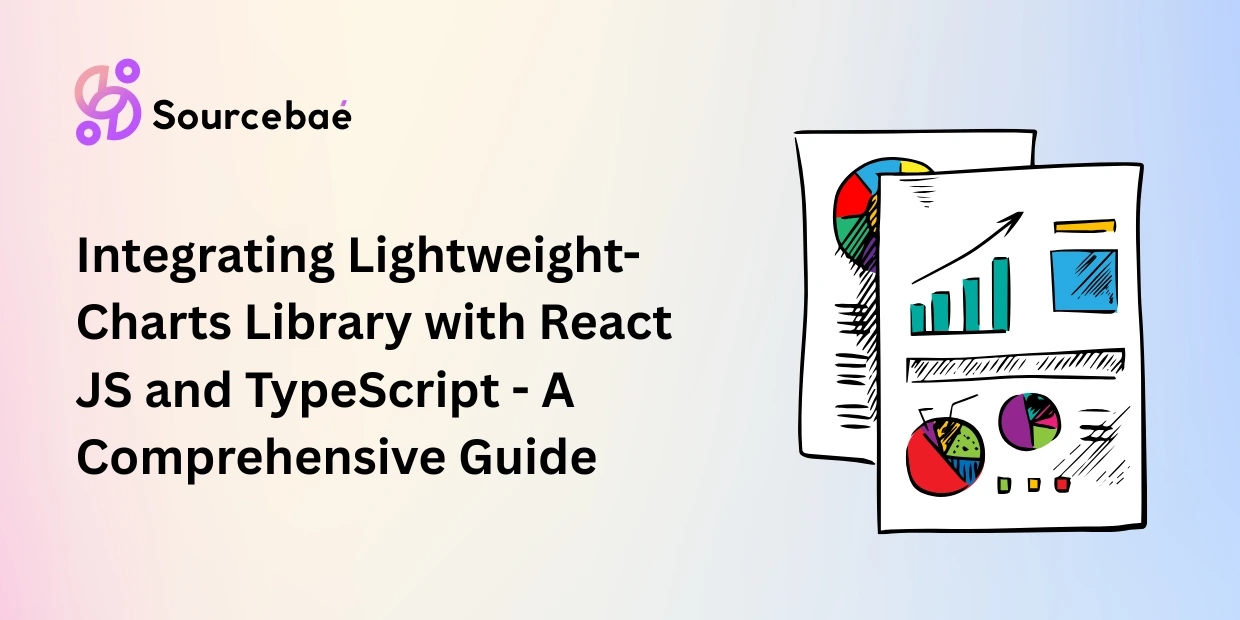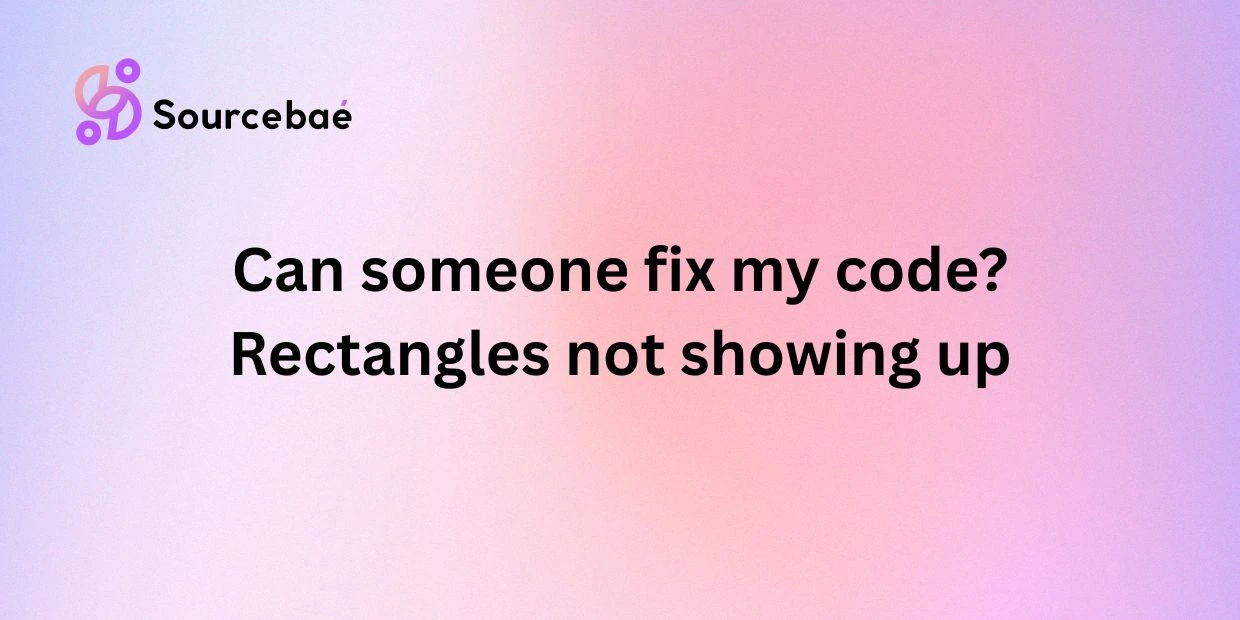How to Use React Developer Tools?
If you’re a React developer, you understand the importance of efficient debugging and optimization in your workflow. React Developer Tools is one of the most powerful weapons in your toolkit. In this comprehensive guide, we’ll walk you through every aspect of using React Developer Tools, from installation to advanced techniques. Let’s dive in and empower your React development journey.
React Developer Tools is a browser extension that allows you to inspect, analyze, and debug React components efficiently. Integrating seamlessly with your browser’s developer tools provides a user-friendly interface to delve into the inner workings of your React application. Let’s explore the key steps to effectively use React Developer Tools:
1. Getting Started with React Developer Tools
Getting started is a breeze. Follow these steps to set up React Developer Tools:
- Install the React Developer Tools browser extension from the Chrome Web Store or Mozilla Firefox Add-ons.
- Once installed, open your React application in a browser tab.
- Right-click on any element in your application and select “Inspect” or press
Ctrl+Shift+I(Windows/Linux) orCmd+Option+I(Mac) to open the developer tools. - Navigate to the “React” or “Components” tab in the developer tools panel.
2. Inspecting Elements
The heart of React Developer Tools lies in its ability to inspect individual elements. Here’s how:
- In the “React” or “Components” tab, you’ll see a tree-like representation of your component hierarchy.
- Click on any component to reveal its props, state, and other essential information.
- Toggle the arrow next to a component to expand or collapse its children.
3. Analyzing Component Hierarchy
Understanding your component hierarchy is crucial. React Developer Tools makes it simple:
- Examine the hierarchical structure of your components in the “React” tab.
- Identify parent and child relationships to comprehend data flow.
4. Modifying Props and State
You can modify props and state to observe real-time changes. Follow these steps:
- In the “React” tab, find the component you want to modify.
- Click on props or state fields and edit their values.
- Observe how your component responds to the changes.
5. Debugging Performance Issues
React Developer Tools can help you identify and resolve performance bottlenecks:
- Switch to the “Profiler” tab.
- Record interactions and analyze component render times.
- Identify components causing re-renders and optimize them.
6. Monitoring Hooks
For applications using hooks, React Developer Tools offers insightful monitoring:
- Navigate to the “Hooks” tab.
- Visualize when hooks are called and their dependencies.
7. Isolating Components
Isolate components for focused inspection:
- Right-click on a component in the “React” tab.
- Select “Isolate component.”
8. Searching for Components
Easily locate components:
- Use the search bar in the “React” tab to find components by name.
9. Simulating State Changes
Test different scenarios by simulating state changes:
- Modify state values in the “React” tab.
- Observe how your component adapts.
10. Identifying Virtual DOM Changes
Understand how your components affect the Virtual DOM:
- Switch to the “Highlight Updates” feature.
- Trigger actions in your app to see highlighted changes.
11. Working with Context
Inspect and manage React context:
- Navigate to the “Context” tab.
- View the current context values for each component.
12. Capturing Screenshots
Capture component screenshots for documentation or sharing:
- In the “React” tab, select a component.
- Right-click and choose “Capture screenshot.”
13. Managing Console Messages
Efficiently manage console messages generated by components:
- Switch to the “Console” tab.
- Filter messages related to your application.
14. Analyzing Network Requests
Examine network requests triggered by your components:
- Navigate to the “Network” tab.
- Monitor requests and responses for debugging.
15. Using Browser Extensions
Integrate React Developer Tools with other browser extensions for enhanced functionality.
16. Enhancing Accessibility
Ensure your components are accessible:
- Use the “Accessibility” tab to identify accessibility issues.
17. Keyboard Shortcuts for Efficiency
Navigate React Developer Tools using keyboard shortcuts:
- Refer to the shortcuts guide in the “Help” section.
FAQs
Q: Can I use React Developer Tools with frameworks other than React?
React Developer Tools is primarily designed for React applications and may not work seamlessly with other frameworks.
Q: Is React Developer Tools compatible with mobile browsers?
Currently, React Developer Tools is available as a browser extension for desktop browsers and may not fully support mobile browsers.
Q: How do I downgrade React Developer Tools to an older version?
To downgrade, visit the Chrome Web Store or Mozilla Firefox Add-ons, search for React Developer Tools, and under “Version history,” select the desired version.
Q: Can I inspect components in a production build of my React app?
Yes, React Developer Tools can be used to inspect components in a production build.
Q: Does React Developer Tools affect the performance of my app?
React Developer Tools itself has a negligible impact on your app’s performance.
Q: Can I contribute to the development of React Developer Tools?
Yes, React Developer Tools is an open-source project. You can contribute on GitHub.
Conclusion
Congratulations, you’ve unlocked the full potential of React Developer Tools! This guide has equipped you with the knowledge to effectively debug, optimize, and enhance your React applications. By mastering React Developer Tools, you’ll become a more efficient and confident React developer. Happy coding!
READ MORE: Hire React Developer






